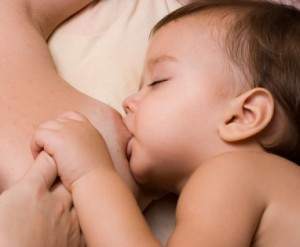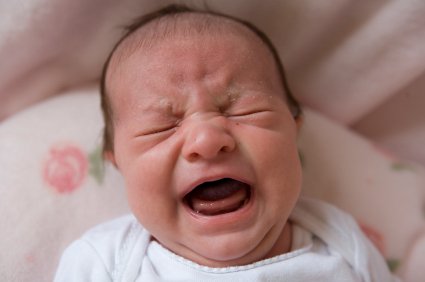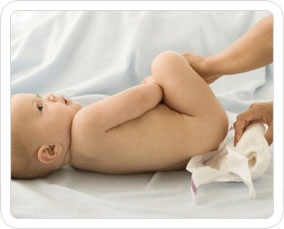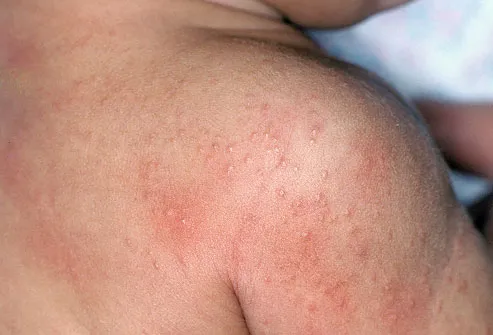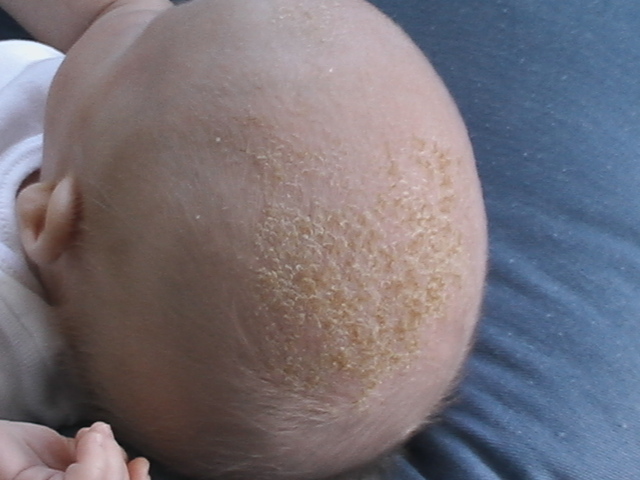What is an allergy?
An allergy is a strong reaction in the body that occurs when your child comes into contact with certain substances, either by eating, touching, or breathing them a shot. There are therefore three main types of allergies: food allergy, skin allergy, respiratory allergy.Among these manifestations, ranging from one child to another, include:
- the asthma
- the eczema
- hayfever.
- dairy products,
- eggs,
- peanuts,
- walnuts and hazelnuts.
Allergies are they frequent?
Almost four out of ten children have at least one allergy. The number of allergy sufferers has increased significantly since the last forty years. It seems, however, that if the number of asthmatic reactions stabilized, food allergies, they are booming.What is an allergic reaction?
If your child has an allergy, the body reacts when it comes into contact with a protein (called "allergens") contained in the product which he is allergic. His immune system will then produce antibodies very specific: the immunoglobulin E (IgE). Whenever he eat, touch or inhale a substance containing the allergen, the IgE will stimulate certain cells in the blood which will release large amounts of a chemical called "histamine." It is the histamine, distributed throughout the body via the blood vessels, which will cause the symptoms observed:- watery eyes,
- nose and itchy eyes,
- urticaria and edema (swelling).
What causes allergies?
Predisposition to allergies (atopy) is often hereditary especially if both parents are allergic (we estimate that the child has 80% chance of developing an allergic). However, the trigger will not necessarily be the same as for the parents. If allergies are common in your family, your baby may suffer from eczema or allergies to certain foods. Remember that allergies can be distinguished into 3 groups: food, skin, respiratory. Growing up, it is hay fever and asthma as may be problems. It seems that pollution is the cause of the rise in allergies. Others blame the utmost cleanliness of our homes: meeting children much less microbes, they would not have many opportunities to develop their own defenses.Are allergies easy to detect?
Not always. For example, if your baby's breathing is noisy, it may simply be because he has a cold. This is usually not a sign of allergies and tend to have this wheezing disappears growing. If breathing is wheezingIt evokes bronchiolitis. Today, all the experts agree on one point from three winter bronchiolitis in an infant less than 1 year, it is called asthma in infants. If, at the age of three, your child's breathing is still noisy after a cold, it is better to consult your pediatrician as it could be asthma. Some common allergies, such as eczema or hay fever, are easier to identify.How does one diagnosed allergies?
If your doctor suspects an allergy in your child, it is likely to require skin tests (prick tests) in collaboration with an allergist. In this review, drops of liquid containing various allergens are placed on the skin of the child's arms and a tiny prick is made in each to see how the skin reacts. Blood tests can also inform the pediatrician on the presence of allergies. Always consult your health care specialist if you are concerned. It is not very difficult to make a diagnosis of allergy. But it is more difficult to diagnose allergies when they occur by another symptom, constipation, sleep disorders ... Prescription allergy screening test with prick and blood tests will already be a first track! Read the opinions of our experts on Milk allergies for more information.What is the best time to allergies?
Twenty percent of young children suffer from eczema and 6-8% of food allergies. During infancy, the trigger is most often milk (between 2 and 7% of babies). Growing up, children can become allergic to pollen, pet fur, mold or dust mites. Mold allergies usually occur in autumn and can be confused with a cold, as well as allergies to dust mites, which are particularly prevalent in the winter. A child has a stuffy nose year round probably suffering from allergic rhinitis, caused by mites or pets.My child is allergic he all his life?
Allergies babies often disappear when they grow up. However, it also depends on the cause of the allergy. If a reaction to milk or eggs, it is likely that the allergy has disappeared before the third anniversary. Subsequently, these children sometimes suffer from asthma or hay fever. Allergies to nuts and fish tend them to persist: they do not disappear with age from 10 to 20% of children.How to treat allergies?
We must first find the exact origin of your child's allergy. Your GP will help you. Obviously, the easiest way to care for your child is to make sure it is not in contact with the product release. However, this is not always possible and treatment with antihistamines and / or corticosteroids may be necessary. There are also methods of desensitization, in which the child is exposed to increasing doses of allergen to the investigation. Certain precautions can help prevent allergies:- Hay fever: watch warning bulletins pollen (pollen-newsletters allergo) by looking Pollens.fr and keep your child at home on days when the pollen to which they are allergic are particularly numerous, especially if it is windy. Wash the child frequently is also useful. If the problem becomes too difficult to manage, consult your doctor. You can find more information on hay fever in our data "expert opinion."
- Eczema : Ask your pediatrician to prescribe a moisturizer and / or corticosteroid ointment to soothe skin irritation. If you own a dog or a cat and you think their hair is the cause of the allergy, vacuum regularly: vacuum the carpets, beds.
- Asthma If your child is allergic to dust mites, certain places particularly infested, such as bedrooms, for example, may cause a worsening of asthma. Symptoms similar to hay fever or eczema may also occur. Although it is impossible to eliminate all the dust, do the cleaning as often as possible to limit quantity. Attention lint are real nests mites! Wash them as often as possible. Ventilate the room regularly. Garnish cot with mattress, pillow and covers "mite" and vacuum frequently. The ideal is to use a vacuum equipped with a HEPA filter that removes particles and allergens can reject fewer mites in the room.



